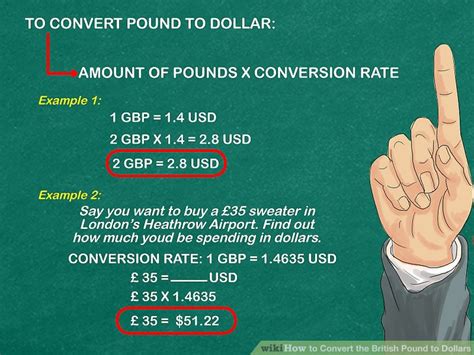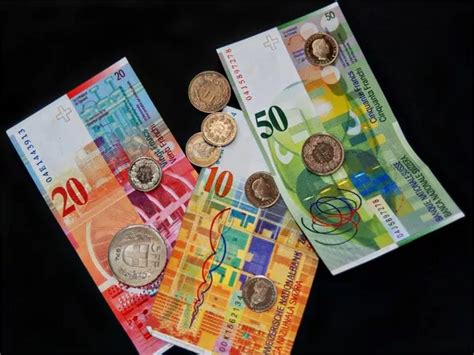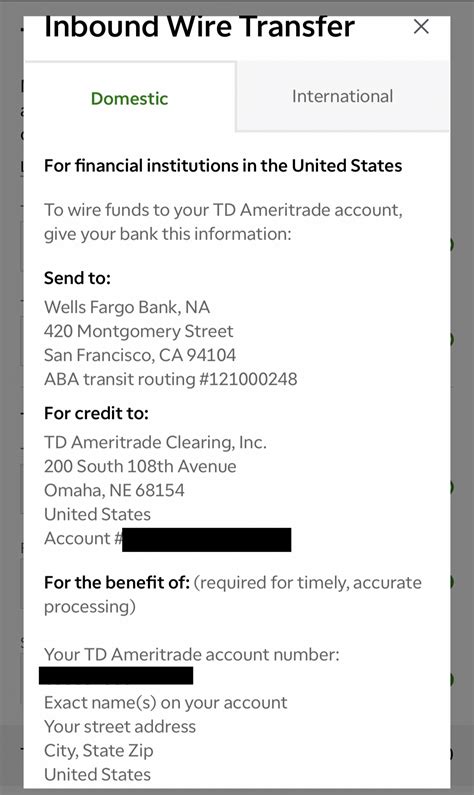Introduction: Embracing the Dynamic CHF-USD Exchange Rate
The Swiss franc (CHF) and the United States dollar (USD) are two of the world’s most prominent currencies, boasting a long and intricate history of exchange rate fluctuations. Understanding the factors that influence the CHF-USD exchange rate and anticipating future trends is critical for businesses, travelers, and investors seeking to navigate the global financial landscape successfully.

The Interplay of Economic Factors
The CHF-USD exchange rate is a reflection of several macroeconomic factors that affect both Switzerland and the United States. These include:
1. Interest Rates: The Swiss National Bank (SNB) and the Federal Reserve (Fed) set interest rates that influence the demand for their respective currencies. Higher interest rates tend to strengthen the currency by making it more attractive to investors seeking higher returns.
2. Inflation: The rate of inflation in Switzerland and the United States affects the purchasing power of their currencies. Higher inflation in Switzerland relative to the United States can weaken the CHF as it erodes its value.
3. Economic Growth: A strong economy tends to attract foreign investment, which can strengthen its currency. Conversely, a weaker economy can lead to a weaker currency as investors seek more stable markets.
4. Political Stability: Political uncertainty or economic turmoil in either country can weaken its currency as investors seek safe havens for their investments.
Historical Trends: A Journey through Fluctuations
The CHF-USD exchange rate has experienced significant volatility over the past decade, driven by global economic events and financial crises. The following milestones provide a glimpse into its historical trajectory:**
- 2011: The CHF reached parity with the USD due to concerns about the global financial crisis and the Fed’s quantitative easing policies.
- 2015: The SNB abandoned its peg to the euro, causing the CHF to surge against both the euro and the USD.
- 2020: The COVID-19 pandemic weakened the CHF against the USD due to global economic uncertainty and a flight to safety.
Forecasting the Future: Navigating the Evolving Landscape
Predicting the future of the CHF-USD exchange rate is a complex task, but several factors may influence its trajectory in the years to come.
1. Economic Recovery: The pace of economic recovery in Switzerland and the United States will impact the demand for their currencies. A faster recovery in Switzerland relative to the United States could strengthen the CHF.
2. Interest Rate Policies: The SNB and the Fed will continue to set interest rates to manage inflation and economic growth. If the SNB raises interest rates more aggressively than the Fed, it could support the CHF.
3. Inflation: The trajectory of inflation in Switzerland and the United States will play a significant role in shaping the exchange rate. Higher inflation in the United States relative to Switzerland could weaken the USD.
Benefits of Understanding the CHF-USD Exchange Rate
Understanding the CHF-USD exchange rate is crucial for various stakeholders, including:
1. Businesses: Multinational companies with operations in both Switzerland and the United States face currency exchange risks that can impact their profitability.
2. Investors: Investing in Swiss or US assets involves currency risk that can affect returns.
3. Travelers: Tourists and business travelers need to be aware of the exchange rate to optimize their spending while traveling abroad.
A Glimpse into the Future: Embracing Innovation and Growth
The future of the CHF-USD exchange rate is uncertain, but several emerging trends may shape its trajectory.
1. Digitalization: The rise of digital currencies and blockchain technology may challenge the dominance of traditional currencies like the CHF and the USD.
2. Green Finance: The growing focus on sustainability and climate change may lead to the development of new financial instruments that incorporate sustainability criteria, potentially influencing currency markets.
Market Insights: Exploring New Horizons
1. Top 10 Trading Partners of Switzerland in 2021:
| Rank | Country | Trade Value (CHF billion) | Share (%) |
|---|---|---|---|
| 1 | Germany | 118.7 | 23.3 |
| 2 | United States | 52.2 | 10.3 |
| 3 | Italy | 35.8 | 7.0 |
| 4 | France | 34.7 | 6.8 |
| 5 | China | 30.2 | 5.9 |
| 6 | Austria | 23.6 | 4.6 |
| 7 | Netherlands | 20.9 | 4.1 |
| 8 | United Kingdom | 19.4 | 3.8 |
| 9 | Belgium | 18.6 | 3.7 |
| 10 | Spain | 16.1 | 3.1 |
2. Swiss Exports by Industry (2022):
| Industry | Percentage of Total Exports |
|---|---|
| Pharmaceuticals | 22.4% |
| Machinery | 17.8% |
| Watches | 13.9% |
| Chemicals | 10.6% |
| Precision instruments | 9.3% |
3. US Exports by Major Categories (2021):
| Category | Value (USD billion) |
|---|---|
| Capital goods | 800.9 |
| Consumer goods | 509.7 |
| Industrial supplies | 482.1 |
| Automotive vehicles | 286.4 |
| Food and beverages | 171.3 |
Conclusion: Embracing Change and Opportunity in a Dynamic Currency Landscape
The CHF-USD exchange rate is a complex and ever-evolving factor that influences businesses, travelers, and investors worldwide. By understanding the historical trends, economic factors, and future prospects that shape this exchange rate, stakeholders can make informed decisions and navigate the global financial landscape successfully. As the world continues to evolve, new technologies, economic developments, and political events may present both challenges and opportunities in the foreign exchange market. Embracing innovation, monitoring market insights, and staying informed will be essential for thriving in this dynamic environment.



